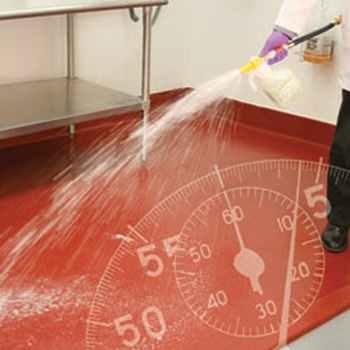Low battery
Battery level is below 20%. Connect charger soon.
• this can be caused by misuse of cleaning chemicals, from pesticides used in the growing. · learning the requirements and potential dangers of a buffet or salad bar is simply a good way to educate the consumer and can give you the advantage of preventing serious foodborne illness. · food safety experts reveal six common ways people unknowingly increase the risk of foodborne illnesses at salad bars and what to do instead. Learn how to choose fresh ingredients, follow hygiene practices, and manage temperature and cross-contamination. An unhygienic salad bar setup can greatly impact customer perceptions and drive them away. Higher temperatures greatly increase the risk of dangerous bacterial growth. · learn how to make safe, smart choices at salad bars, avoid contamination risks, and pick the freshest, healthiest options available. How cold does a salad bar have to be to keep food safe? • customers can contaminate the salad bars through sneezing, coughing, touching or leaning over the food. · use these 10 key points to refresh your salad bar food safety routines. When it comes to salad bars, there are certain requirements and precautions that must be taken to prevent foodborne illnesses. To ensure the safety and health of customers, it is important to supply the following at salad bars: Salad bar food must be kept at a temperature below 41 degrees fahrenheit. Dirty containers, spilled dressing, and wilted ingredients not only compromise food safety but also create an unappealing environment. · without meticulous attention to detail, a salad bar can become a breeding ground for contamination, potentially leading to customer illness and reputational damage. Stay safe at salad bars with essential tips for preventing foodborne illness. · whether you’re at a self-serve salad bar or a to-go salad chain, all three experts agree that certain red flags can tip you off to a greater likelihood that you’ll end up eating contaminated food.




